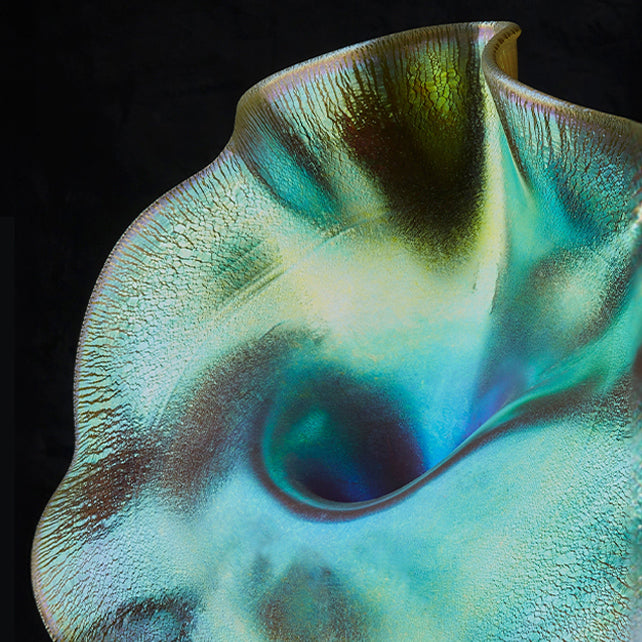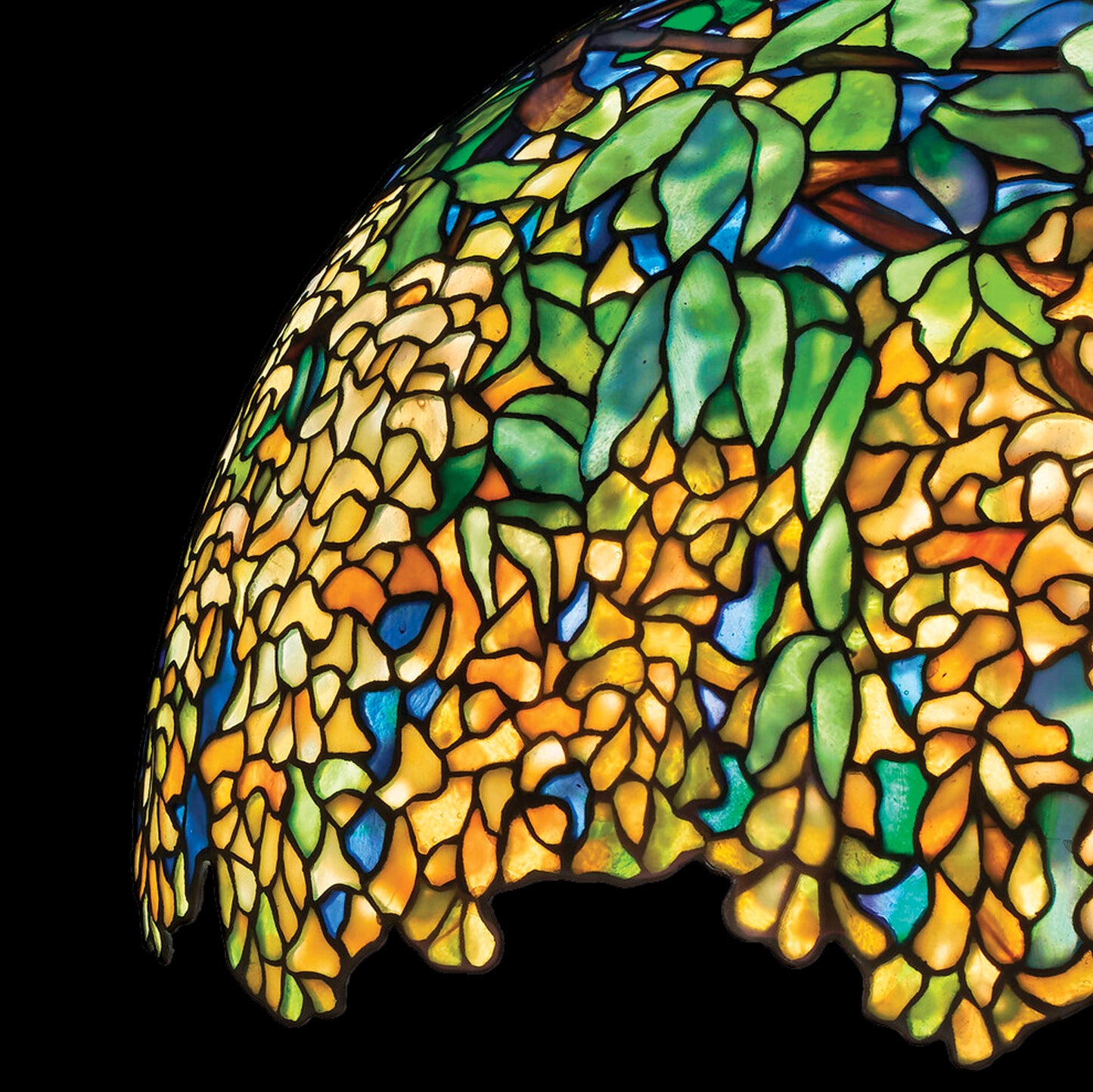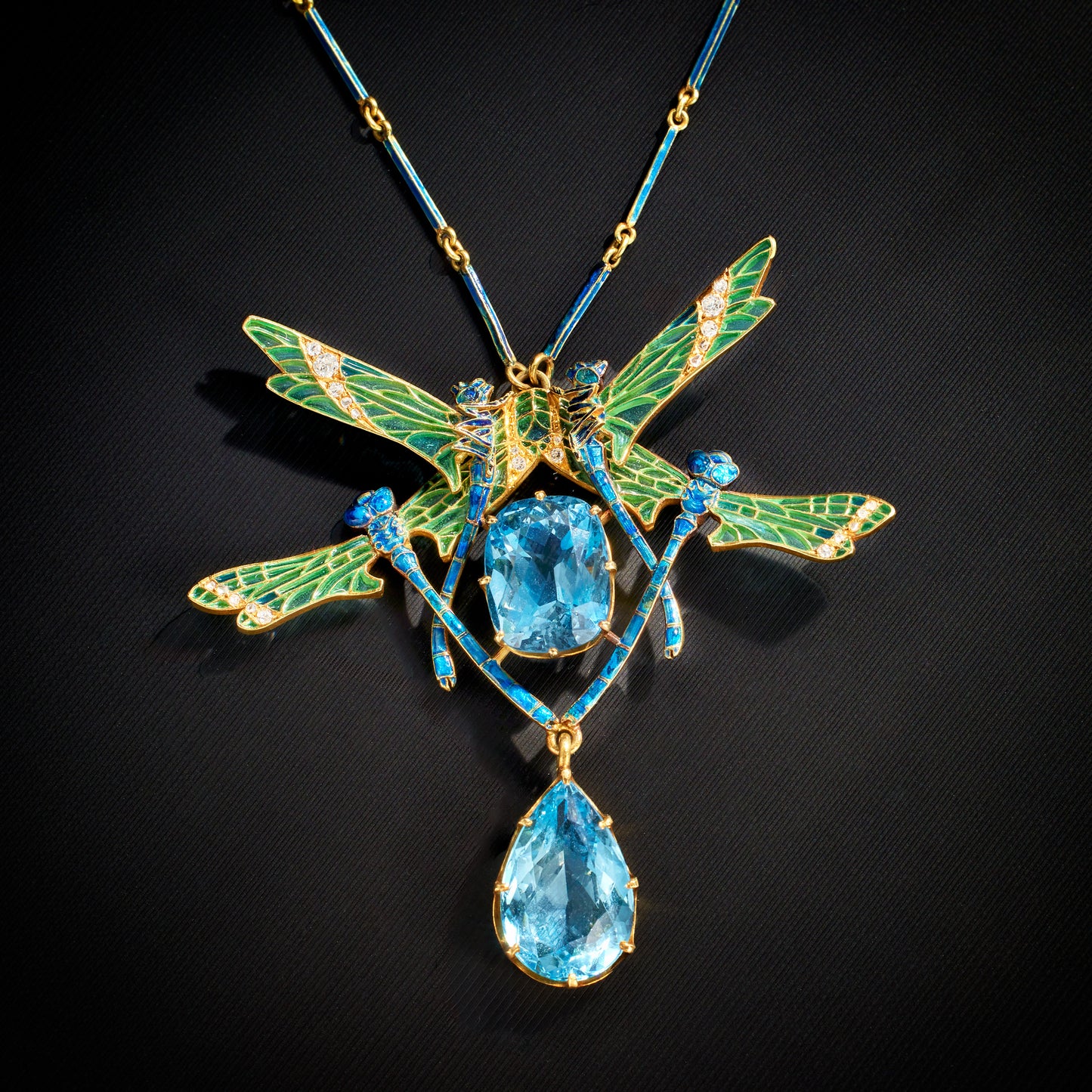Gorham Mfg. Co. Silver Hizen Soup Ladle
Item #: SI-20543
Artist: Gorham Mfg. Co.
Country: United States
Circa: 1880
Dimensions: 11.5" height, 4.1875" width, 3.625" depth
Materials: Silver, Gold Plate
Signed: Stamped marks chased water lily bowl; engraved N monogram to underside of terminal
Item #: SI-20543
Artist: Gorham Mfg. Co.
Country: United States
Circa: 1880
Dimensions: 11.5" height, 4.1875" width, 3.625" depth
Materials: Silver, Gold Plate
Signed: Stamped marks chased water lily bowl; engraved N monogram to underside of terminal





















